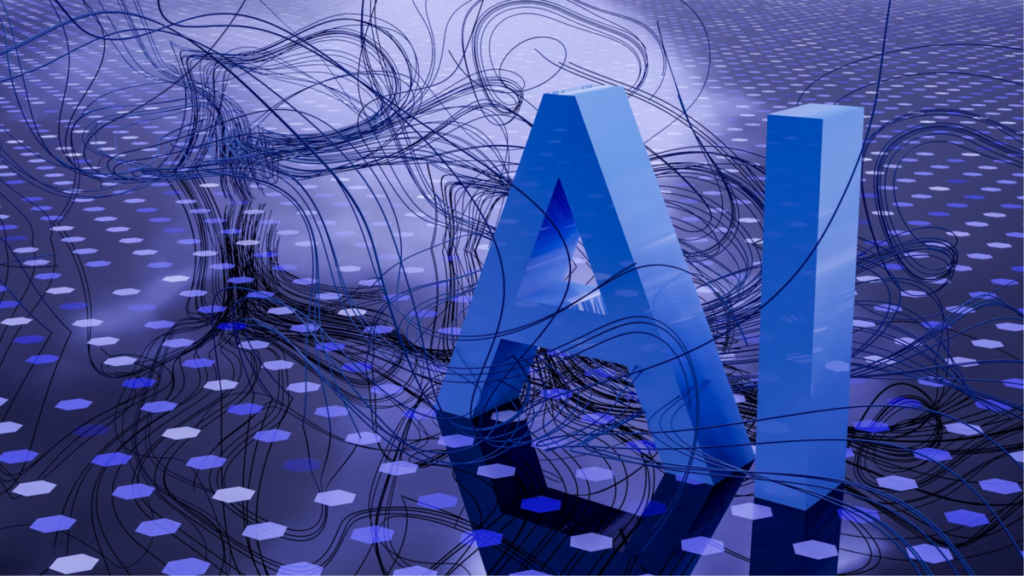With the rise of AI, transformation has been observed in education and the workplace. AI tools have proven highly effective, accurate, and innovative in serving their purpose. However, concerns regarding authenticity, originality, and ethical use come along with their benefits. In response to these concerns, AI detectors have emerged as important regulators to ensure and maintain integrity within the academic and professional realms.

The Role of AI in the Workplace
AI tools are a must for the modern workplace. They simplify processes, enhance productivity within a working space, and bring insights through the data being analyzed. AI is reshaping the operational landscape of business, from automated customer service systems to advanced data analytics platforms. Companies use AI for predictive analytics, support in decision-making, and even creative work, like content generation.
Despite these benefits, the integration of AI raises issues related to originality and authenticity. For instance, AI-generated reports and content must be monitored for plagiarism and accuracy. This is where the AI detectors ensure that their outputs are within the standard threshold level with integrity and reliability.
Introduction of AI in Universities
AI-enabled tools inside educational institutions help in personalized learning, personalized administration, and research. AI-based platforms benefit students and faculty through a more personalized type of learning and automation of routine jobs. This allows them to spend free time on other jobs that involve innovation and critical thinking. However, the ease of accessibility of AI-generated material has also been known to have a controversial signal concerning academic integrity.
This makes AI detectors key regulators, as they check the originality of the work done by students in these institutions. They can analyze the texts for both AI involvement and plagiarism, which enriches the observation of academic standards. In so doing, AI detectors help maintain the credibility of educational institutions and the value of the qualifications they award.
How AI Detectors Work
AI detectors utilize sophisticated algorithms to identify patterns and anomalies in text, images, and other forms of digital content. These tools can differentiate between human-generated and AI-generated content by analyzing stylistic and linguistic patterns. For instance, AI-generated text may exhibit uniformity and lack the nuanced variations typical of human writing.
In workplaces, an AI detector ensures compliance with intellectual property laws and internal policies. They can scan documents for originality, preventing unauthorized use of AI-generated content. This is a very important function in terms of regulatory considerations, ethical practices, and the protection of intellectual property rights.
AI detectors within academic settings check student submissions, identifying when AI-generated content is appropriated or in instances of plagiarism. The ability of the systems to cross-match millions of submissions with very vast databases means similarities can be identified and potential violations flagged. This process ensures that students are assessed fairly and that their work reflects their understanding and effort.
Advantages of AI Detectors
The application of AI detectors has many advantages in the world of work and academia. It safeguards intellectual property in the professional domain more than in any other place since the tools help guarantee the novelty of content and its conformity with legal specifications. This is important in protecting competitive advantages in the industries that benefit from their innovation and proprietary information.
AI detectors uphold academic integrity and do not permit plagiarism or the use of AI that is not authorized. They ensure that academic qualifications are constantly valuable in the creation of a truly learning and innovative environment. The provision of original works by students assures a culture in which honesty and accountability are important.
Challenges and Considerations
The challenge of AI is its dynamic nature. As AI technologies mature, the produced contents become more advanced, making it more challenging for the detector to detect them. Therefore, AI detectors must be developed further every day as AI grows and becomes even better. There is also an important ethical balance between monitoring and privacy in the implementation of artificial intelligence in detectors; clear communication on the policies concerning artificial intelligence detectors is highly necessary.
Conclusion
AI detectors indeed changed the workplace and academic institutions for the better but simultaneously brought in freshness regarding challenges of originality and ethical use. AI detectors have key roles in the regulation of AI to ensure that content is indeed authentic and standards are adhered to. The detectors hold guard to property in professional setups and maintain academic integrity in learning institutions as well, hence ensuring honesty and accountability.
